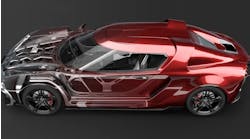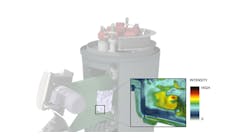Current simulation tools recreate fluidity to predict castability, and computers are able to model well enough to make accurate predictions in time to optimize production.
In their research — Predicting Castability of Thin-Walled Parts for the HPDC Process Using Simulations — Rabi Bhola and S. Chandra demonstrate how to predict explicitly whether or not a thin-walled part can be cast successfully.
“The question of how thin is too thin has been contemplated throughout the history of the HPDC process,” they note. “Guidelines that were established based on simplified mathematical models were developed and revised throughout the years. There is however a renewed interest from the automotive industry for lighter structural castings, as well as the electronics industry looking to manufacture housings out of metal instead of plastics at low cost. This need demands more than just guidelines.”
Current simulation tools account for the physics that dictates fluidity and therefore has the capability of predicting castability to a degree that exceeds guidelines. And, computers are now fast enough to model the process with sufficient resolution to make these predictions accurately in reasonable time.
Bhola and Chandra’s work demonstrates how diecasters can predict explicitly whether a thin-walled part can be cast successfully. Variables accounted for are the thermal properties of the die steel, the surface finish of the die steel, thermal resistance of the applied die lube, and of course the thermal properties and initial conditions of the melt.








